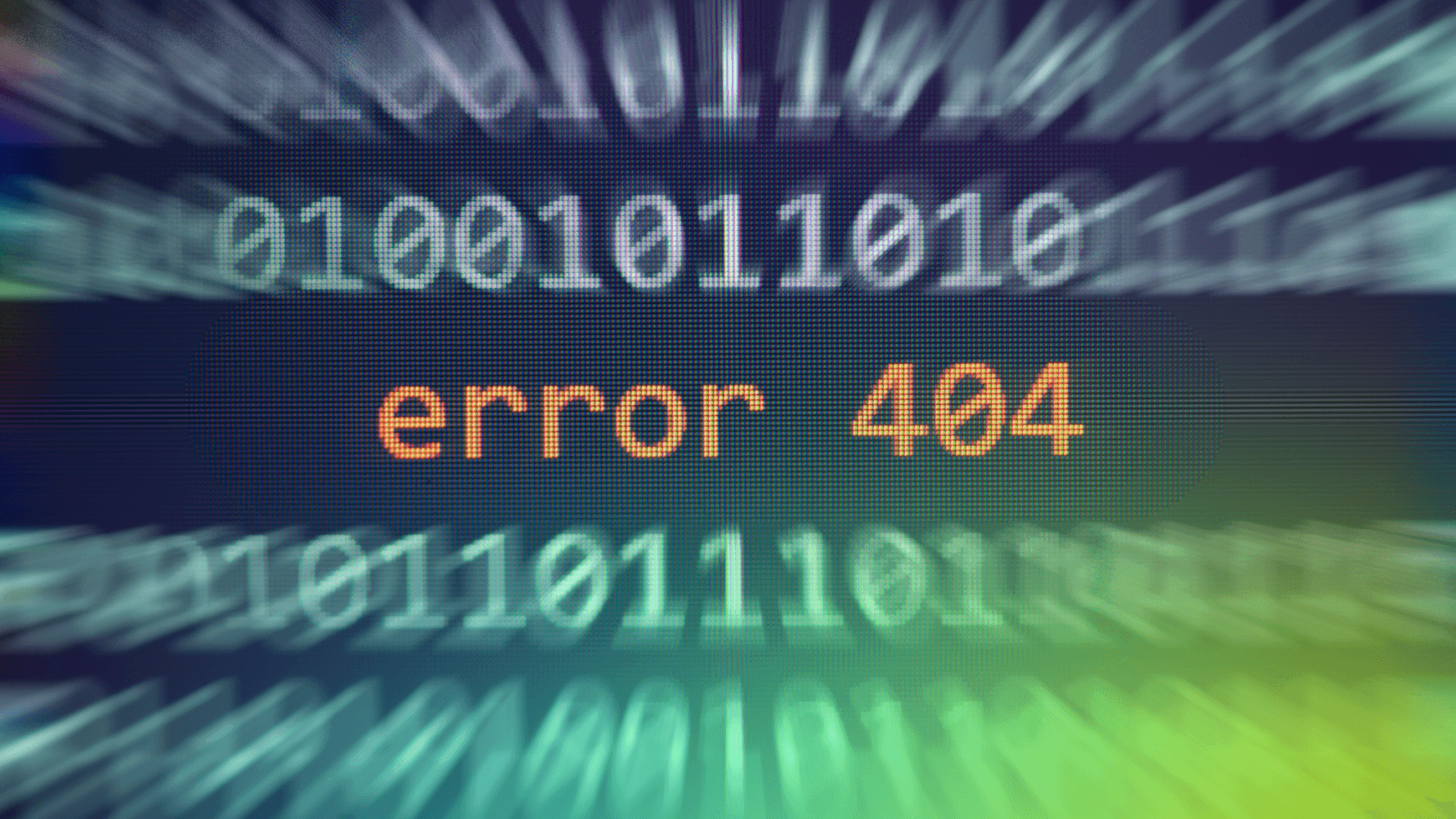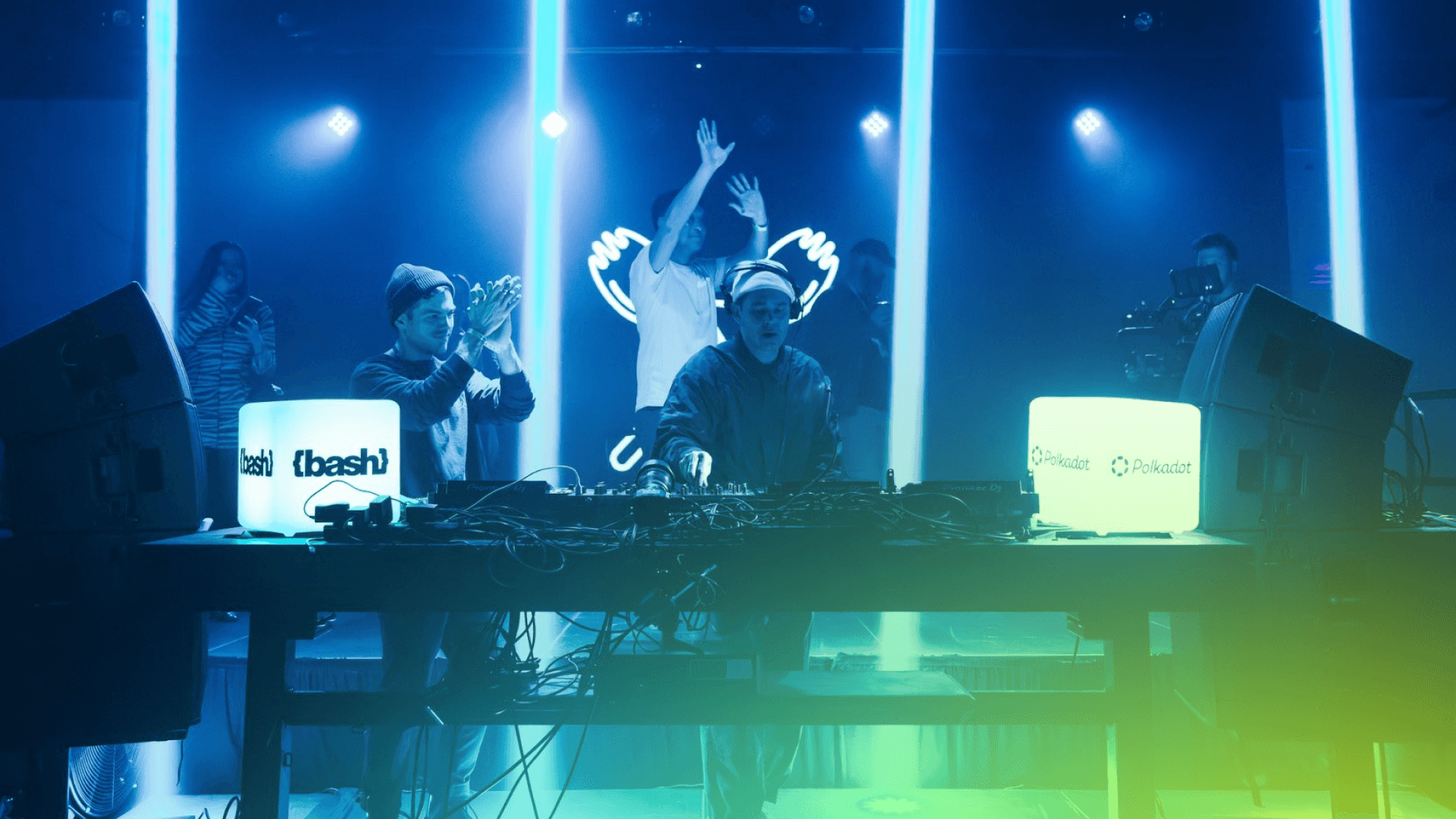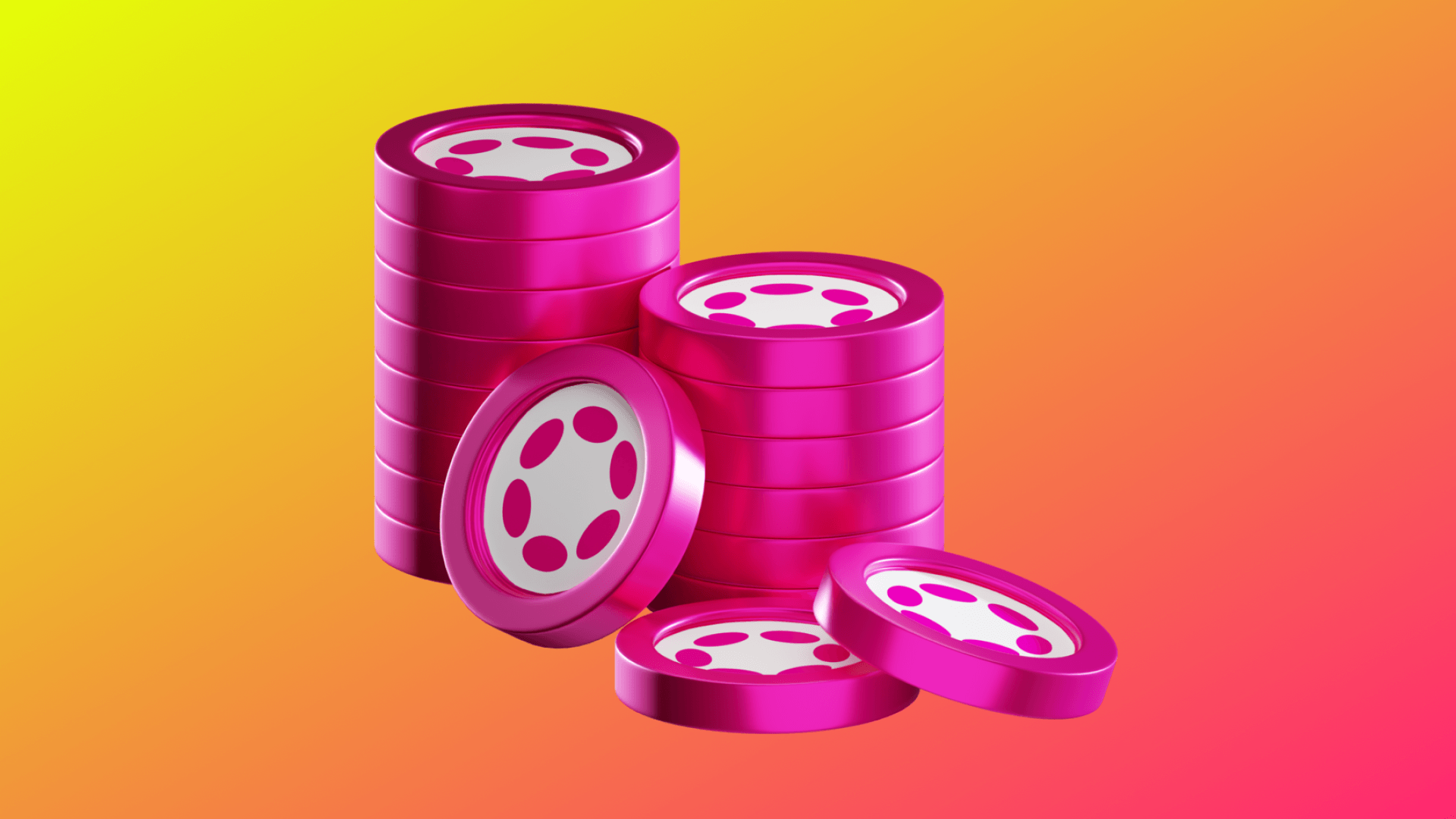Inside JAM: Daniel Cukier on implementing Polkadot’s next big upgrade
As a core implementer of the JAM upgrade, Daniel Cukier brings both technical expertise and artistic sensibility to Polkadot’s next chapter. In an interview with Abigail Carlson, he shares how JAM is reshaping blockchain infrastructure, and why appealing to developers might be the key to adoption.
 By Abigail Carlson•July 21, 2025
By Abigail Carlson•July 21, 2025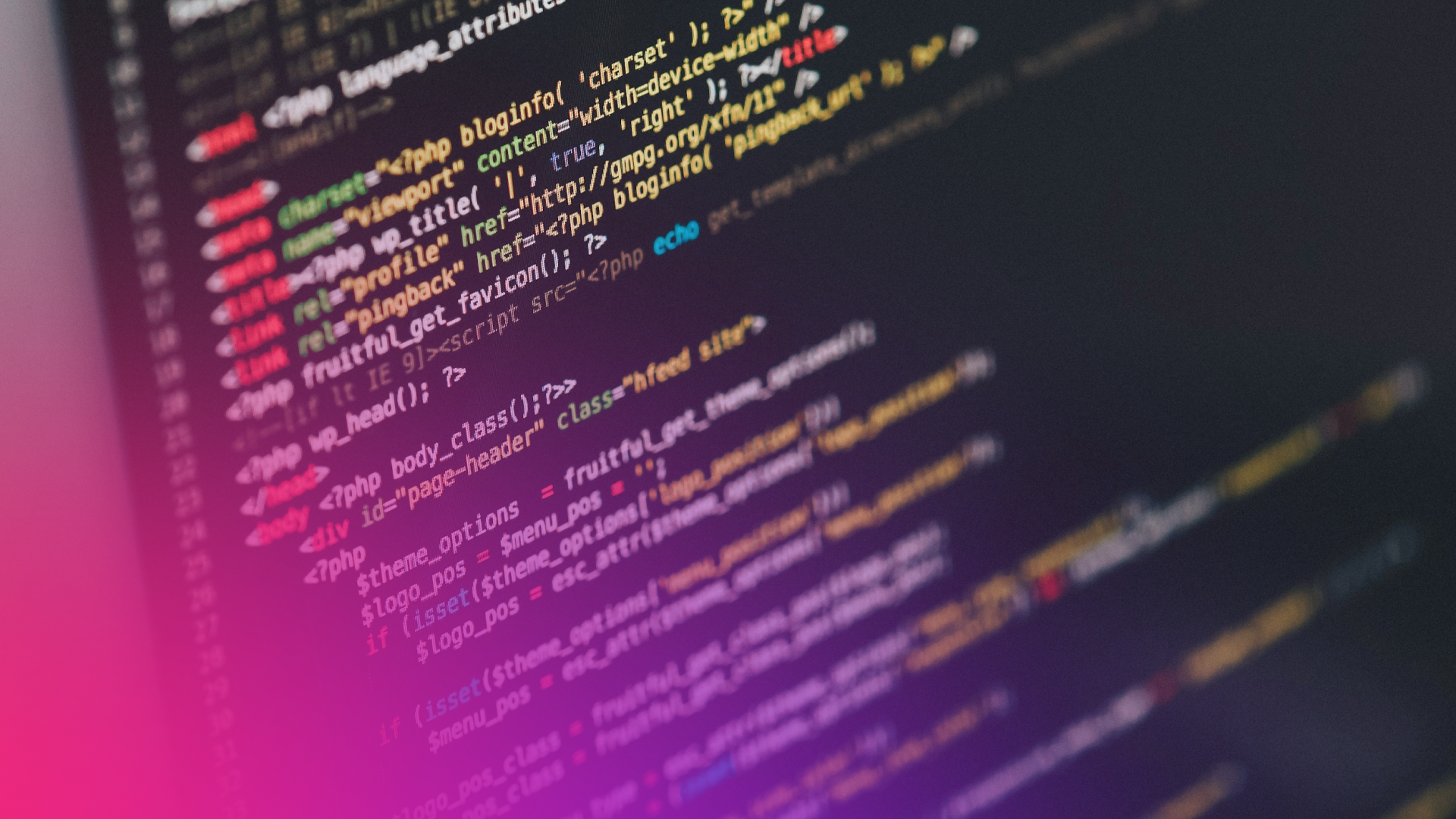
If you’re in the trenches of the Polkadot ecosystem, there’s no way you haven’t heard of the JAM upgrade (less colloquially known as the Join-Accumulate Machine). Proposed by Polkadot founder Gavin Wood in April 2024, JAM aims to replace Polkadot’s architecture with a modular, general-purpose system where services run natively and independently at the protocol layer. Behind this major evolution are dedicated groups of developers racing to implement the vision, fueled in part by the pursuit of the JAM Implementer’s Prize.
From fintech to the frontier

I recently spoke with Daniel Cukier, a core JAM developer at Jamixir. Currently, there are 39 teams racing around the clock to implement JAM across three distinct paths, each with its own prize pool. While the JAM implementer community is driven by a shared mission and enthusiasm for the project, the challenge follows a unique set of rules: teams must work independently and can’t share code until the competition ends. Still, because the teams are all building with the same formal specification for the JAM protocol, the resulting implementations will be interoperable by design.
As Daniel recounts how he found his way into the Polkadot ecosystem, one thing becomes clear: he isn’t someone who just follows the pack. Prior to Web3, Daniel was the CTO of a fintech company in Brazil. He had what many would call a successful, stable career, but something about Web3’s promise caught his attention. “I’ve always wanted to work with the newest technologies,” he says, “and I wanted to find a solution to real problems.” What captured his attention most was Web3’s potential to address social inequality. That conviction led him to start a local crypto community in Brazil for people to learn about the industry. Within months, the community had grown from 0 to 7,000 people.
Finding Polkadot and a new kind of creativity
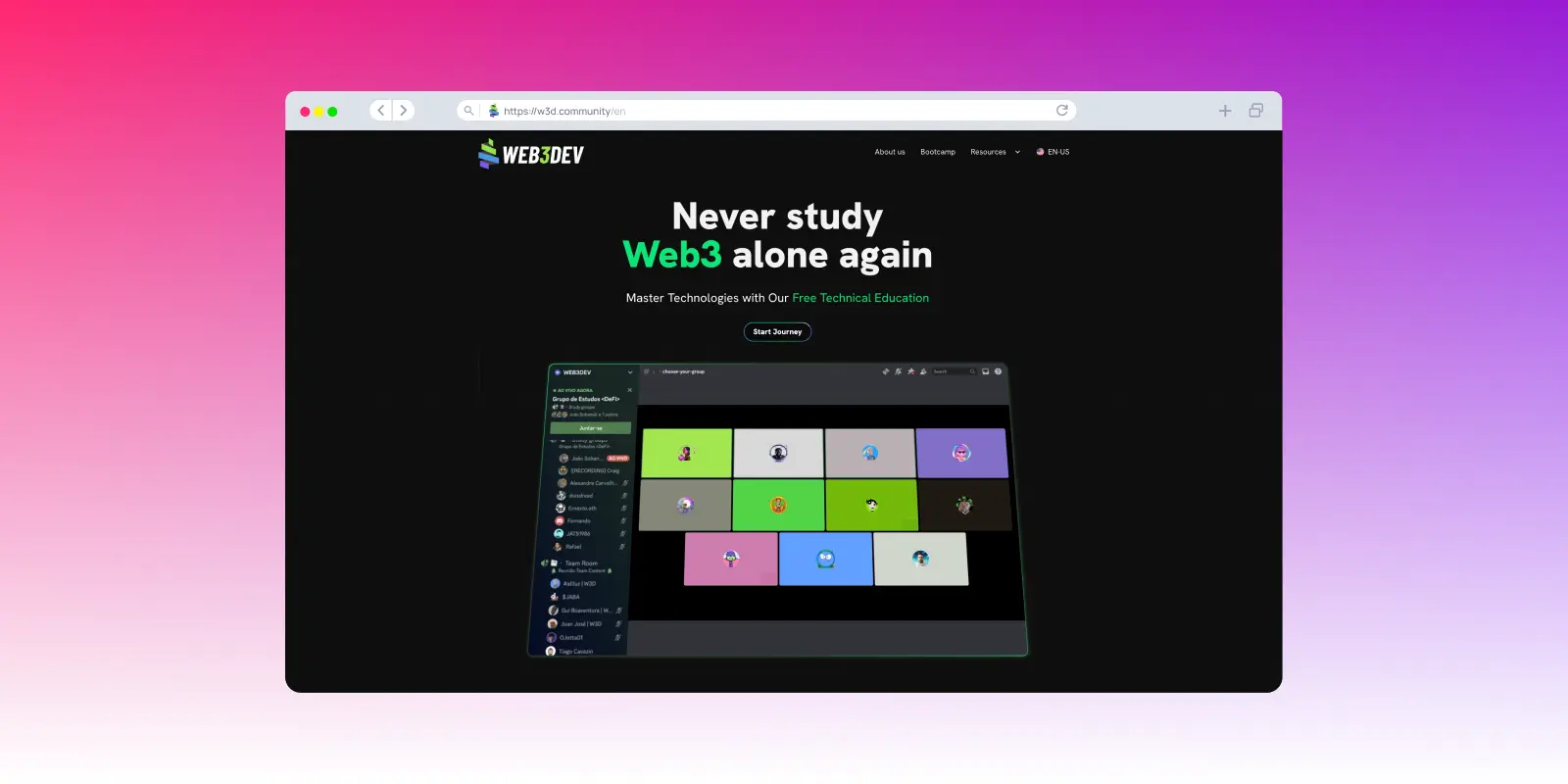
Community runs deep in Daniel’s story, and it's a value that echoes across the Polkadot ecosystem. From the Polkadot Blockchain Academy to grassroots collectives like Women of Polkadot and WebZero, the ecosystem is rich with programs focused on education, inclusion, and onboarding. Daniel’s own entry point into the ecosystem was through the Polkadot Blockchain Academy, which he attended in January 2024.
But what really drew him into Polkadot wasn’t just the community—it was the philosophy. He was captivated by what he describes as Gavin’s unique, almost poetic approach to building blockchain infrastructure. “Gavin is an artist,” he says. “I’m a jazz musician by training, so the way Gavin writes particularly appeals to me.”
To Daniel, the JAM graypaper isn’t just another blockchain paper—it’s akin to art. He believes that subtle artistry resonates with developers on an unconscious level, attracting them to projects without them even realizing the artistic intent. He recounts how his own less subtle artistic expressions in his PhD presentation were met with rejection, highlighting the need for a more subliminal approach when connecting with developers. “It's not that developers don’t want art—they do. They just need to feel it without knowing what’s happening”.
What it means to implement JAM
For Daniel and many other developers, JAM represents a space that encourages innovation and artistic experimentation. In an industry constantly competing for developer mindshare, reaching builders in unexpected, even artistic ways isn’t optional—it’s essential. Specific applications for JAM will be discovered downstream of its implementation, but JAM itself has the potential to completely change the next wave of blockchain innovation. Its impact, Daniel believes, has the potential to rival that of Ethereum in the wake of Bitcoin.
Only time will tell what JAM will unlock, but one thing is certain: it’s already inspired a wave of builders, thinkers, and artists. And developers like Daniel Cukier are helping turn that vision into reality.
About the Author
Adapted bio from Abigail Carlson's LinkedIn
Abigail Carlson is an emerging tech marketer and storyteller. She has held communications roles on a political campaign, in higher education, for non-profits and B corps. Her favorite stories to tell are the ones about the innovative technologies bringing about a more just and sustainable world. She is also pursuing academic research at the intersection of tech policy, media and democracy.
